Learn How to Format a Blog Post Effectively for Achieving Search Success
Are you a blogger? If yes, then you should know what it takes to craft compelling blogs that attract your readers. Whether you want to write for a business, want to promote your brand or write blogs for creative purposes, following well-defined blog marketing tips is essential.
In this blog, we are going to share a few blog post tips to help you get straight to the point in your blog post introduction.
Click Here – Free 30-Minute Strategy Session
Be quick! FREE spots are almost gone for this Month
Free Quote
Let’s get started with a few blogging tips:
- Keep it concise and tailored to your specific audience.
- For a clear and effective introduction, you can follow the Problem-Solution-Proof (PSP) formula. This formula allows you to quickly address the problem, offer a solution and provide proof to establish your credibility—all within two paragraphs.
- Include an attention-grabbing image above the fold, making your post visually appealing to visitors.
Tips for Making Your Content Scannable
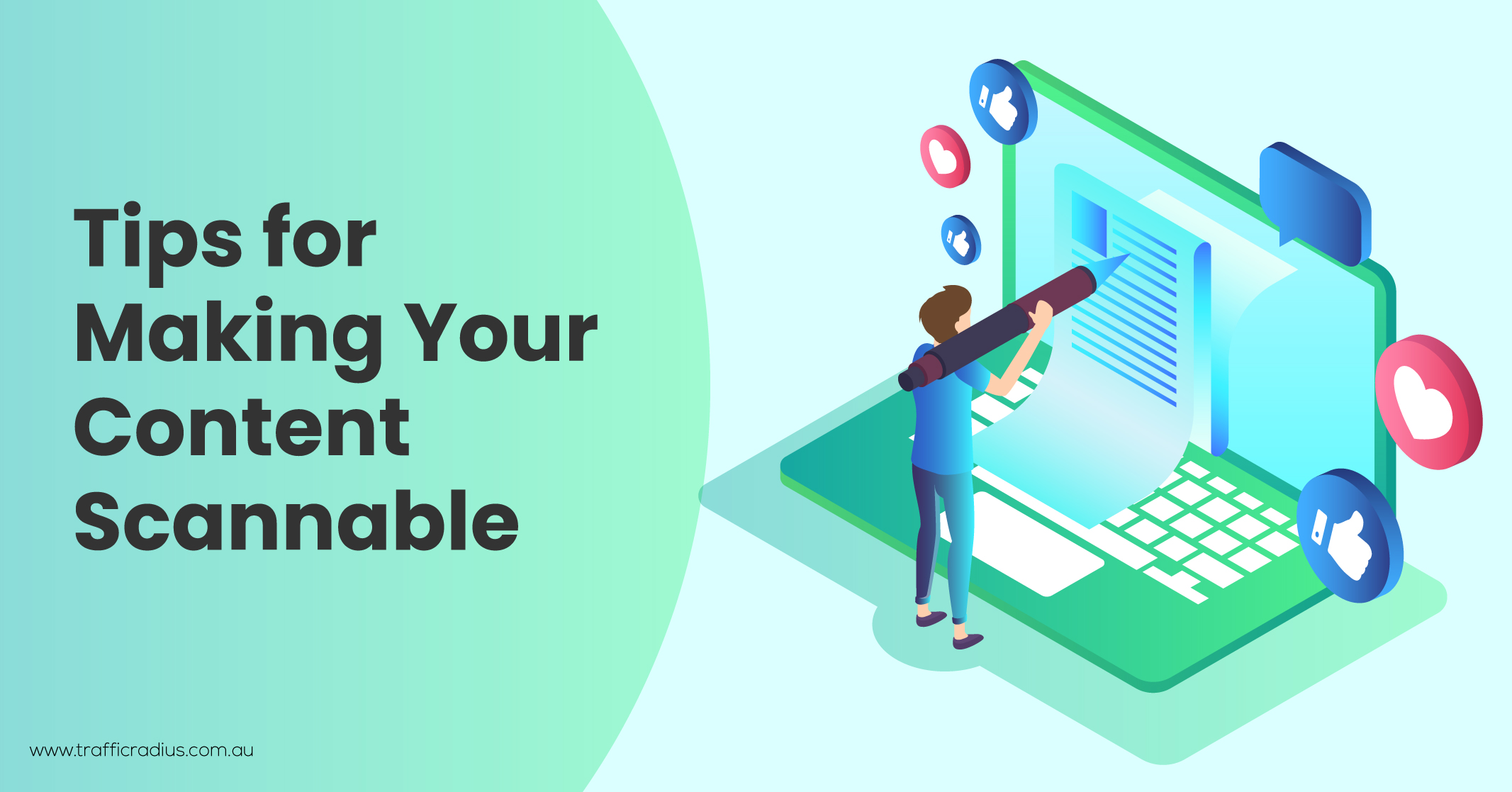
Want to write the best blog posts? Learn how to make your content easy to read and scannable with the following tips:
- Ensure that your blog post is easily scannable to cater to the reading habits of today’s audience. According to a study by Nielson, only 16% of readers consume articles word by word.
- To optimise engagement, use headings throughout your article, particularly H1 tags and other tags. Headings not only make your content scannable but also contribute to a search engine-friendly structure.
- It’s essential to create a clear hierarchy with your headings. Each heading should grab the reader’s attention individually, while collectively, they should form a logical outline and provide a quick overview of the article’s key elements.
Finding the right balance is crucial. Your post should be structured logically and hierarchically, enticing readers to delve deeper into the content.
Learn More: 21 Essentials Blogging Tips
How to Write Blog Posts Guide: Get Tips for Formatting Your Content
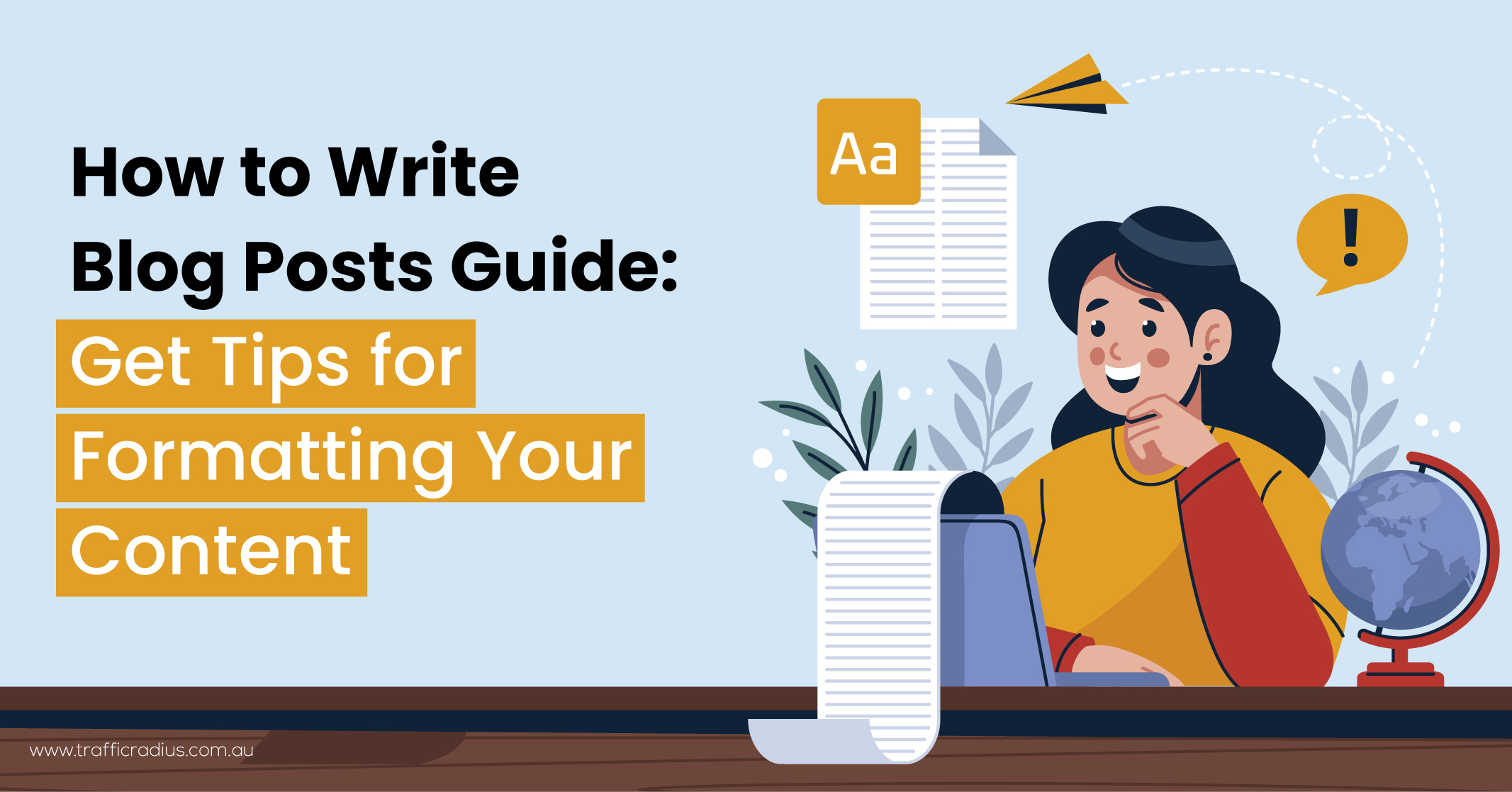
When it comes to formatting your content, it’s essential to consider the dominant content types for your target keywords. This research will help you ensure that your content is properly formatted and aligned with what readers expect, increasing the chances of engagement and success.
- Researching the content types that currently rank for your target keywords may seem like a meticulous process but it’s crucial to avoid wasting time and effort on content that may not resonate with your audience. By understanding the dominant content format, you can create content that meets readers’ expectations right from the start.
- For instance, let’s say we want to write a comprehensive 2,000-word article on “how to tie a tie.” However, upon examining the search results in Ahrefs’ Keywords Explorer, we discover that the top-ranking content is a video hosted on YouTube. This insight indicates that to compete effectively in this search result, creating a video on the topic is likely the most appropriate format for engaging with our target audience.
Now, let’s explore some of the commonly written content types that you can easily format your content for, ensuring it aligns with readers’ preferences and expectations.
Learn More: Crafting Catchy Headlines- A Step by Step Tutorial
Blogging Guide: Significance of List Posts
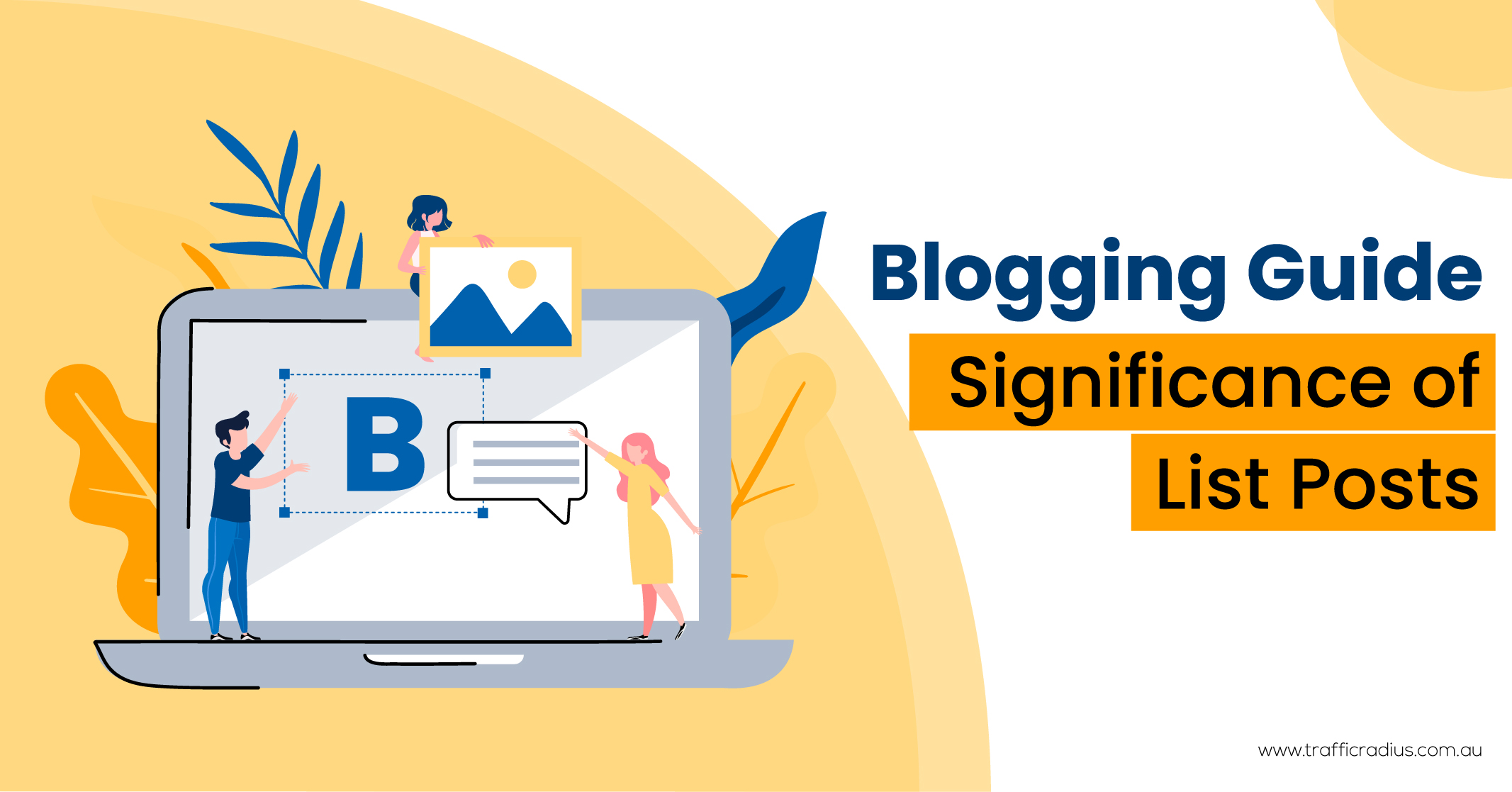
List posts are a prevalent content format, especially in niches where readers seek inspiration or ideas. To illustrate, let’s use the example of “things to do in Capri” and examine the search results in Ahrefs’ Keywords Explorer. As we scroll through the SERP overview, we can observe that most of the top-ranking results follow a list format, indicated by the presence of numbers.
What To Do?
To effectively compete in this search result and have a chance of ranking, we should adhere to the list post format. Here’s an example of how you can structure a list post:
Blog Posts Examples:
Now, let’s explore another content type: step-by-step guides. For this, we’ll analyse the keyword “podcasting guide” in Keywords Explorer. Upon reviewing the SERP overview, we can identify that step-by-step guides dominate the top-ranking content.
Sometimes, it’s necessary to visit the webpages to confirm the content type. When creating a step-by-step guide, consider using the following format:
Blog Posts Examples:
Moving on to beginner’s guides, let’s examine the keyword “chess basics” in the SERP overview. By analysing the title tags, we can see that these pages specifically target beginners. To create a beginner’s guide, you can use the following format:
Blog Posts Examples:
Expanded definitions are another common content type. This format entails explaining the meaning of a concept or thing and delving deeper into its details. To illustrate, let’s use the keyword “latte” in Keywords Explorer. In the SERP overview, we can see that the top result poses the question “What is a latte?”
Blog Posts Examples:
Additionally, incorporating a Frequently Asked Questions (FAQ) section with schema markup can be a valuable addition to an expanded definition format post.
Blogging Guide: Important Formatting Specifics to Keep in Mind
Want to know how you can keep your content succinct and to the point, avoiding unnecessary length? Here is what you need to do:
- Focus on creating the best blog post rather than reaching a specific word count.
- Check the word count of top-ranking pages on the SERP using tools like Keywords Explorer to understand the opportunity available for your topic.
- Use text formatting, such as bold and italic, to emphasise important points in your content, as it helps search engines better understand the significance.
- Consider adding a table of contents to make your blog posts more scannable and allow users to quickly navigate to the core topics of your content.
- Using internal linking within your blog posts is a powerful formatting technique for SEO, helping to provide further explanation and context on related concepts.
- Use external links selectively, linking to relevant and trusted sources that enhance the context of your content.
- Include an author bio to add legitimacy and authenticity to your content by showcasing the real person behind it.
- Enhance your content by incorporating images that help convey meaning and improve visual appeal.
Additional Tip: Whenever possible, use original images that are web-ready, optimising their format for optimal performance (e.g., using WEBP image formats). Optimise your images by providing descriptive alt text as part of basic image optimisation practices.
Learn More: Proven Strategies to Increase Your Blog’s Traffic
Why Blog Marketing Strategies are Important?

Effective blog marketing strategies play a crucial role in boosting your online visibility. Consistently publishing valuable and relevant content on your blog can improve your search engine rankings and attract a larger audience of organic traffic to your website.
Here is a list of some of the key benefits:
- Establishing thought leadership and authority: Blogging enables you to showcase your expertise and position yourself as a trusted authority in your industry. By sharing valuable insights, industry trends, and expert opinions through your blog, you can build trust and credibility among your target audience, establishing yourself as a thought leader.
- Engaging and nurturing your audience: Blogs provide a platform for meaningful engagement and relationship-building with your audience. Through comments, social media sharing, and email subscriptions, you can facilitate two-way communication, gather feedback, and cultivate a loyal following by consistently delivering valuable content that meets their needs.
- Driving lead generation and conversions: Blog marketing strategies are instrumental in generating leads and driving conversions. By strategically incorporating calls-to-action (CTAs) within your blog posts, you can motivate readers to take desired actions, such as subscribing to a newsletter, accessing valuable resources, or making a purchase.
A well-executed blog can effectively guide your audience through the conversion funnel, boosting your overall marketing efforts.
Learn More: Strategies for Bloggers to Optimise Their Blogs Using Google Search Console
How to Write Engaging Blog Posts: Tips and Tricks
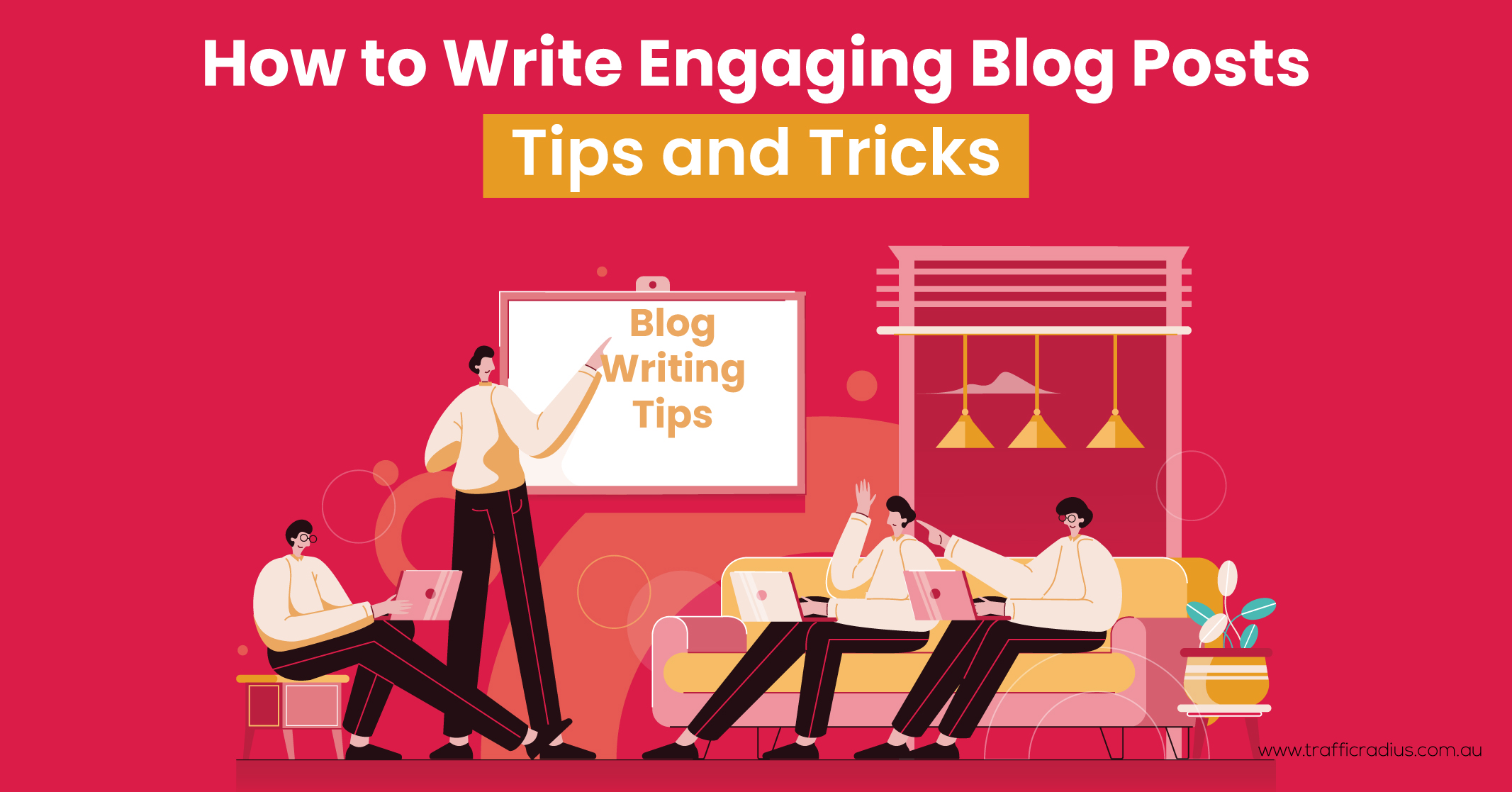
If you want to capture the attention of your readers with intriguing headlines that ignite curiosity, we can help.
We are going to share a few tips and tricks for writing compelling and useful blog content for your audience:
- Use impactful words, numbers, and precise language to make your headlines alluring and irresistible.
- Engage your audience right from the beginning with captivating introductions. Employ storytelling techniques, pose thought-provoking questions, or share fascinating facts to instantly captivate readers and fuel their desire to continue reading.
- Maintain a clear, concise writing style that is easily comprehensible. Use straightforward language, break up your content into shorter paragraphs, and employ bullet points or subheadings to enhance readability.
- Avoid excessive use of jargon or technical terms unless your audience is well-versed in them.
- Enhance your blog posts with visual elements like images, infographics, or videos to break up the text and enhance visual appeal.
- Focus on adding visuals that elevate the reader’s experience and facilitate effective information conveyance, making your content more shareable.
Learn More: The Significance of Visuals Aids in Enhancing Your Content
What are the Types of Blog Posts?
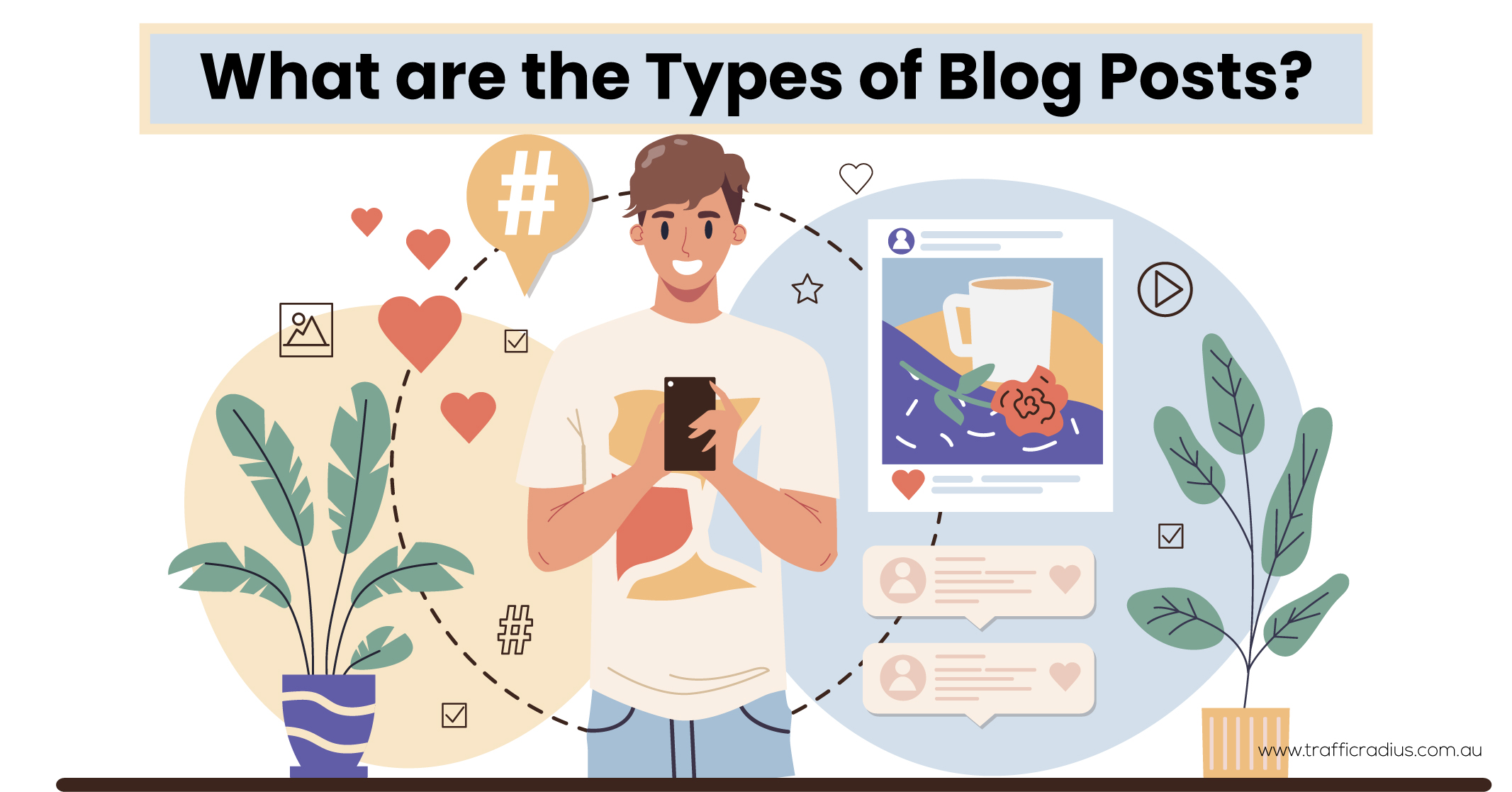
Have a lot of blog post ideas? Knowing about the different types of blog posts can help you create customised content for your blog according to its type, purpose and goal. Here we are going to share a list of types of blog posts you can create for your business or personal use:
- Listicles: These blog posts present information in a list format, offering quick and actionable tips or recommendations. Examples include “10 Tips for Effective Time Management” or “Top 5 Destinations to Visit in Europe.”
- How-to Guides: These posts provide step-by-step instructions to help readers accomplish specific tasks or achieve desired outcomes. They are informative and practical, guiding individuals through a process. Examples include “A Beginner’s Guide to Digital Photography” or “How to Start a Blog.”
- Case Studies: These blog posts analyse real-life scenarios or situations, presenting data, insights and outcomes. They demonstrate the application of a particular strategy, product, or service and highlight its effectiveness. Case studies are valuable for building credibility and showcasing expertise.
- Product Reviews: These posts provide in-depth evaluations and analyses of specific products or services. They help readers make informed decisions by outlining the pros, cons, features, and benefits of the reviewed items. Product reviews can be impartial or sponsored, depending on your approach.
- Interviews: Conducting interviews with industry experts, thought leaders or influential personalities adds credibility and unique insights to your blog. Interview-style posts offer a different perspective and can generate interest and engagement among readers.
- Opinion Pieces: These posts allow you to express your viewpoint on a particular topic, issue, or trend within your niche. They provide a platform to share your thoughts, insights, and personal experiences, encouraging discussions and inviting readers to share their opinions as well.
- Infographics: Infographic blog posts present information or data in a visually appealing and easily digestible format. They combine text, images, and graphics to convey complex information concisely and engagingly.
- Roundup Posts: These posts compile resources, articles, or opinions from various sources into a single blog post. They can be “best of” lists, expert opinions, or compilations of industry trends, providing readers with curated and valuable content.
Remember, the choice of blog post type should align with your content goals, target audience, and the nature of the information you want to convey. Incorporating a variety of blog post types can add diversity and keep your readers engaged.
Learn More: Top Blogger Outreach Tips to Build Authority
Ideal Blog Writing Format
The ideal blog writing format can vary based on factors like your target audience, content goals, and the topic you’re addressing. However, here is a general framework that can be effective for many blog posts:
- Compelling headline: Craft a captivating headline that grabs readers’ attention and entices them to click and read your post. Use powerful words, numbers, or intriguing statements to make the headline stand out.
- Engaging introduction: Begin with an introduction that hooks readers and provides a clear preview of what they can expect from your post. Use storytelling, thought-provoking questions, interesting facts, or present a problem to capture their interest.
- Well-structured body content: Organise the main body of your blog post logically and coherently. Break the content into sections with subheadings, making it easier to read and navigate. Each section should focus on a specific point or subtopic related to the main theme of the post.
- Clear and concise paragraphs: Write in clear and concise paragraphs to enhance readability. Keep sentences and paragraphs relatively short to avoid overwhelming readers with dense text. Use bullet points or numbered lists when appropriate to present information in a more digestible format.
- Supporting visuals: Enhance your blog post with relevant visuals such as images, infographics, or videos. Visuals help break up the text, illustrate concepts, and make the content more visually appealing and shareable on social media.
- Effective formatting: Use formatting elements like bold or italicised text to emphasise key points or important information. This helps draw attention and guide readers through the content. Use appropriate heading tags (H1, H2, etc.) for subheadings to improve the structure and SEO optimisation of your post.
- Call-to-action (CTA): Conclude your blog post with a clear and compelling call-to-action. Encourage readers to take a specific action such as leaving comments, sharing the post on social media, subscribing to your newsletter or exploring related content.
Learn More: How to Promote Your Blog Using Skyscraper Technique
Conclusion
In summary, blog post marketing is a highly effective strategy for businesses and individuals seeking to engage their target audience, increase brand visibility, and foster meaningful connections. By harnessing the power of well-crafted blog posts, you can position yourself as a trusted authority, offer valuable insights and cultivate strong relationships with your readers.
What To Do?
- A successful blog post marketing approach yields numerous benefits, including enhanced online visibility, a surge in organic website traffic, and the generation of valuable leads and conversions.
- Deliver relevant and valuable content to actively engage with your audience
- Foster meaningful interactions and accomplish your marketing objectives.

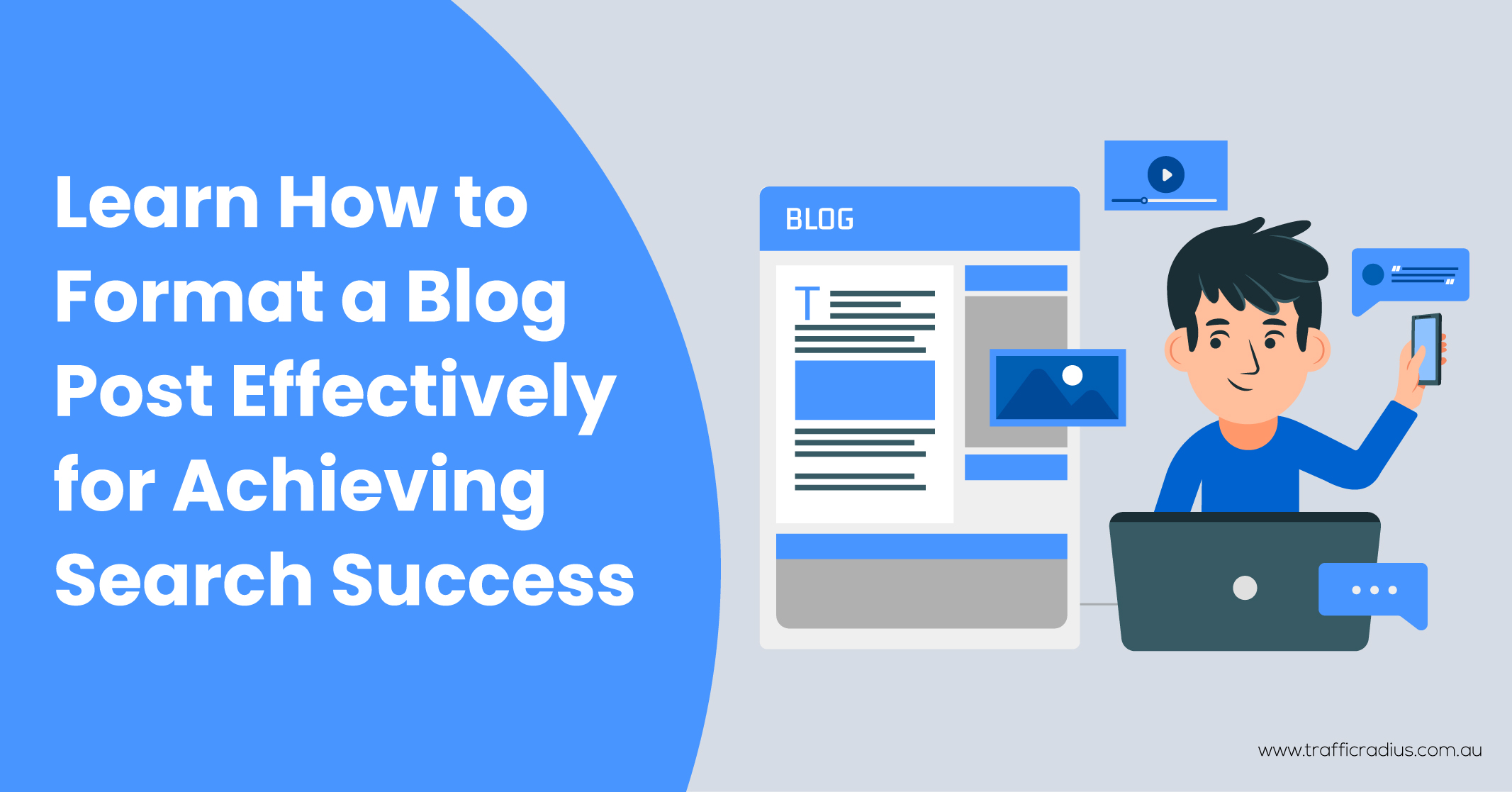








LEAVE A REPLY